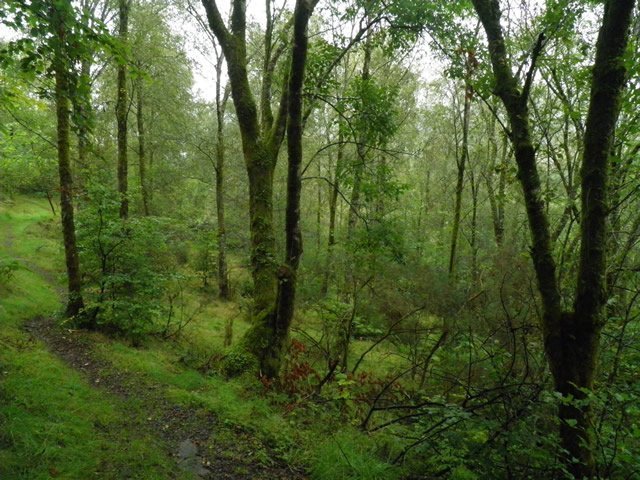Deciduous woodlands – human uses and impacts
Humans have exploited deciduous woodlands for goods and services for hundreds of years.
Deciduous trees provide hardwood, such as oak, for construction. They also provide wood to make charcoal for fuel to heat homes and for cooking.
Some ancient deciduous woodlands are home to rare species of plants and animals and have been conserved so that we can continue to be enjoyed by people and provide a service to us.
Deciduous woodlands are also popular locations for a range of leisure activities including mountain biking, walking and horse riding.
Deciduous woodlands are threatened by climate change
Deciduous woodlands are less vulnerable to climate change as other ecosystems as they are located in areas with a temperate climate. Therefore, changes in climate will be less extreme.
The majority of the species that live in deciduous forests are generalists which means they have multiple sources of food and can exist in a range of environments, so they are able to adapt to changing environmental and climatic conditions.
Despite these factors, if climate change continues it could have a serious impact on deciduous woodlands.
Temperate deciduous woodlands could experience more extreme weather events such as droughts and storms. Strong winds can knock down mature deciduous trees, leading to a drop in biodiversity. Also, a decrease in rainfall could lead to some species growing more slowly or dying if they do not get enough water.
Temperature changes may lead to animals coming out of hibernation prematurely before food is readily available. Animals could starve as a result of this. An increase in rainfall could lead to greater leaching of nutrients from the soil which will cause trees to grow more slowly.
An increase in temperature could lead to invasive species entering the deciduous woodland ecosystem. This could lead to a decline in existing species. Additionally, with increased temperatures, native pests may be less likely to die in the winter which will have a detrimental impact on plants and animals in the ecosystem and a decline in biodiversity.
Deforestation is a threat to deciduous woodlands
Deciduous woodlands are under threat from deforestation, which has both social and economic causes.
Deciduous trees are slow-growing, so they are often cut down faster than they can be replaced. In some areas, they are replaced by faster-growing, cheaper coniferous trees for use in the construction industry.
Woodlands are also being cleared to make way for larger, more intensive farms. Larger fields are more efficient in modern, commercial farming.
Population growth and urbanisation are also a treat to deciduous woodlands. Trees are cleared to make way for urban growth including building houses and constructing roads and the hardwood is used in construction.
Related Topics
Use the images below to explore related GeoTopics.




